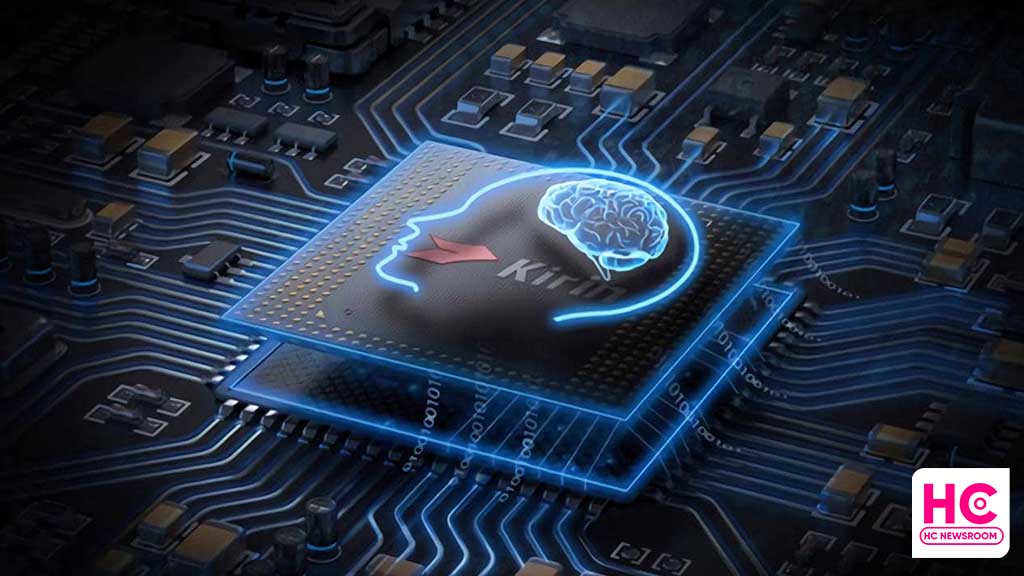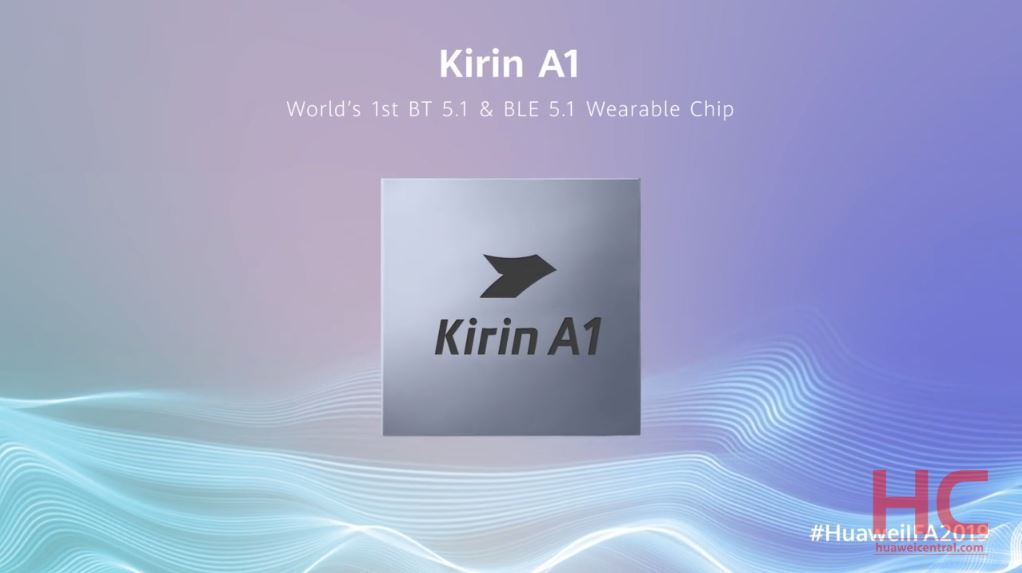News
Exclusive: Huawei’s own Kirin A2 chip is coming

Huawei is preparing a number of new chipsets to launch later this year and Kirin A2 is one of them. The company is testing this chip for quite a time and it’s ready for production.
According to our information, Huawei will launch the Kirin A2 chipset by this year. If everything goes right, the company could choose Q3 or Q4 for the release. Therefore, we can’t confirm the availability at the moment.
Also, Kirin A2 is ready for the trial stage and it has mass production capacity. The corresponding person also suggested that the company could change its plans for the final production stage. Subsequently, there may be changes in specifications at the launch time.
This is due to the past decision that Huawei took at the very last moment before launch events. Yet, the exact details are unknown. On this matter, Huawei has not revealed any details about Kirin A2 or related returns. But we’ll have to wait, as there are several months left in the making.
Kirin A2 for smartphones?
Nope, Kirin A-series was officially announced for wearable devices such as earphones, smartwatches, and others. The current breakthrough in Huawei’s chipset production capability remains low-key.
Therefore, the company may take this route to start producing self-developed wearables semiconductors. These types of chips don’t require advanced process technology. Hence, it’s very likely that Kirin A2 will be used for wearable gadgets.
Kirin A1:
In September 2019, Huawei launched the Kirin A1. It was the world’s first Bluetooth 5.1 and Bluetooth Low Energy 5.1 wearable chip. The A1 is developed by Huawei’s chipset designing division, HiSilicon, and printed by Taiwan’s TSMC.
Kirin A1 is designed for wireless earphones, headbands, neckbands, smart speakers, smart eyewear, and smartwatches. Huawei Watch GT 2 series is the first smartwatch to equip this SoC and it’s still running wild in terms of performance and battery.

After the US sanctions in 2019, Huawei had to stop making new HiSilicon chips. And with the recent achievement in automation tech, Huawei could print its own low-end chipset.
Amid uncertainties, we’ll look forward to the return of the Kirin chip in the consumer market and its adaption in different smart devices.






